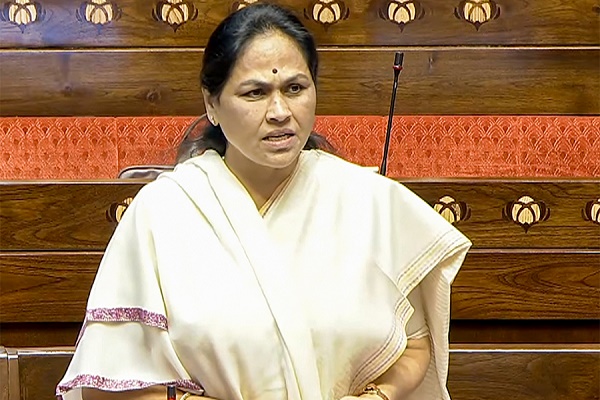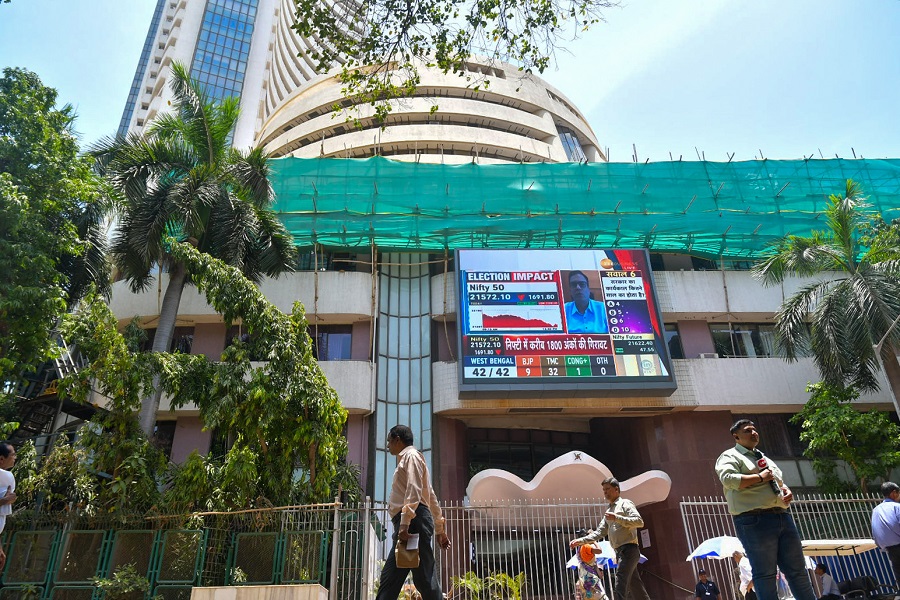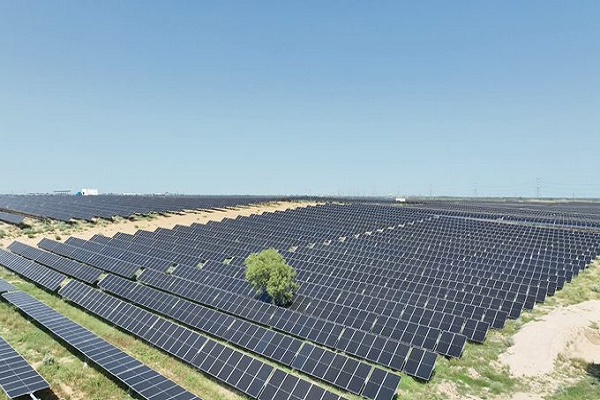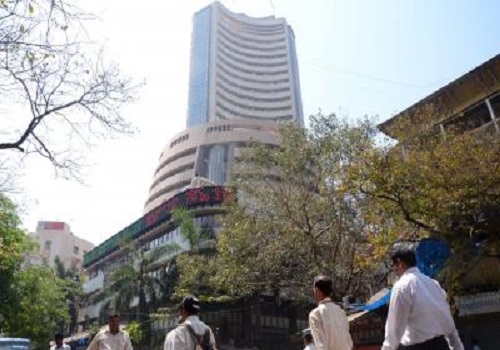Outlook on Defence Stocks: Too Expensive or a Strategic Investment? By Rohit Sarin Co-Founder Client Associates

As a wealth manager with over a decade of experience, I have observed various market trends and sectoral shifts. In the last five years, one sector that has gained notable momentum is defence. India’s defence sector, supported by government initiatives like “Make in India” and a growing emphasis on self-reliance, has experienced a significant rise in stock prices.
With the upcoming budget, the critical question is: Are these defence stocks now too expensive, or do they still offer promise as a strategic investment?
India’s defence sector, while increasingly vital, continues to rely significantly on international partners such as the USA, Russia, Israel, and France. The sector includes aerospace, land systems, and naval systems. Companies such as Hindustan Aeronautics Limited (HAL), Bharat Electronics Limited (BEL), Bharat Dynamics Limited (BDL), Cochin Shipyard, and Mazagon Dock Shipbuilders have a notable presence in the market. Their performance has been supported by government initiatives and policies aimed at improving the domestic defence sector. For instance, the Institute for Defence Studies and Analyses (IDSA) noted that in the fiscal year 2023-24, capital allocations for modernising and developing infrastructure for the Defence Services increased to Rs.1,62,600 crores, a rise of 6.7 percent from the previous year’s Rs.1,52,369.61 crores. This budgetary support underscores the government’s commitment to strengthening the defence sector, which in turn has buoyed investor sentiment. Additionally, Government initiatives like “Make in India” and “Atmanirbhar Bharat", have been crucial in supporting the defence sector. These initiatives aim to boost domestic manufacturing and reduce dependency on imports. For instance, the Defence Procurement Procedure (DPP) 2020 emphasizes indigenization and encourages procurement from domestic vendors. Further, the creation of defence corridors in Uttar Pradesh and Tamil Nadu is another significant step towards building a robust domestic defence manufacturing base.
While the budget is anticipated to be supporting the defence sector, thus increasing market confidence, it is essential for investors to adopt a balanced approach. When compared to historical performance, the current price-to-earnings (P/E) ratios of these stocks appear elevated. This raises concerns about whether these stocks are overpriced. High valuations often come with the risk of market corrections, particularly if companies fail to meet the high expectations set by investors. While the defence sector’s reliance on government contracts provides long-term revenue streams and stability, any adverse changes in government policy or budget allocations can significantly impact these stocks’ performance.
At Client Associates, we adopt a balanced approach known as Growth at Reasonable Price (GARP). This strategy involves identifying stocks that offer growth potential without being overpriced. Applying this approach to the defence sector means looking for companies that balance growth prospects with reasonable valuations. The strategic importance put on the defence sector by the government, suggests that there are opportunities for growth that are not excessively priced.
The long-term growth potential of these companies is underscored by their pivotal role in national security and the increasing demand for advanced defence equipment. Technological advancements in missile systems, fighter jets, submarines, and unmanned aerial vehicles position these companies at the forefront of innovation. For instance, Bharat Dynamics has emerged as a leading manufacturer of guided missile systems, while HAL continues to innovate in aerospace technologies with products like the Light Combat Aircraft (LCA) and various helicopters.
Additionally, the geopolitical landscape necessitates a robust defence sector. Border tensions and subsequently the need for modern defence capabilities require a steady demand for defence equipment, making these stocks less susceptible to economic downturns. Furthermore, international defence agreements and partnerships open new markets and opportunities for Indian defence manufacturers.
To conclude, investors must also consider the economic factors influencing the defence sector, such as inflation, currency fluctuations, and global economic conditions, as these can impact defence budgets and spending. Monitoring these factors is important for making informed investment decisions. While the high valuations of defence stocks may raise concerns about them being overpriced, the sector’s strategic importance and long-term growth potential warrant careful consideration. The anticipated support from the upcoming budget positions these stocks as potentially attractive investments. However, adopting a balanced approach like Growth at Reasonable Price (GARP), which seeks growth at a reasonable price, ensures that investments are made in companies that offer potential for sustainable growth without being overpriced. By staying informed and vigilant, investors can navigate the complexities of the defence sector and make well-considered decisions that align with their financial goals and risk appetite.
Above views are of the author and not of the website kindly read disclaimer





















